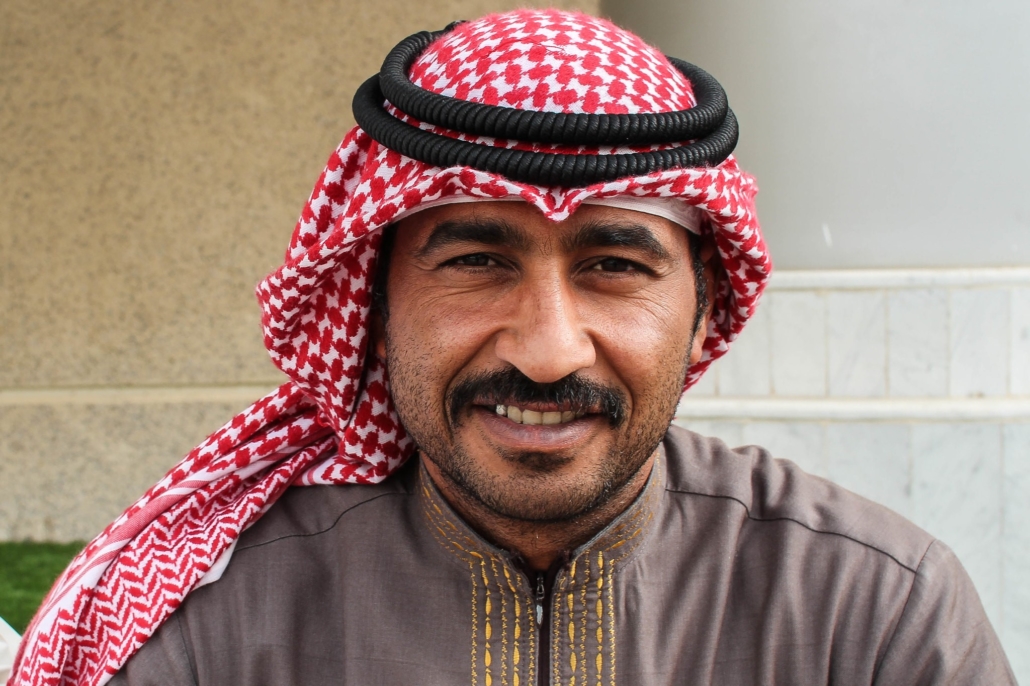10 Facts about Life Expectancy in Kuwait

Kuwait does not immediately come to mind when one thinks of poverty. It may seem that statistics like life expectancy point to a high standard of living, but life is different for expatriates and noncitizens who make up the majority of the country’s inhabitants. Here are 10 facts about life expectancy in Kuwait, including a couple that appears a little too good to be true.
10 Facts About Life Expectancy in Kuwait
- The average life expectancy in Kuwait is about 75. This puts Kuwait above average for an Arab country, yet this figure likely does not take into account many foreign workers for reasons that number six in this list will explain. In comparison, the average life expectancy in Egypt is 72, 70 in both Iraq and Syria and 74 in the Palestinian territories of the West Bank and Gaza. Additionally, all of these countries have faced some form of geopolitical unrest.
- Kuwait began the development of its petroleum industry in the 1930s. The industry is largely responsible for the country’s wealth and high standard of living today. It is likely also partly responsible for its high life expectancy. High socioeconomic status is a key determinant of high life expectancies, and Kuwaiti citizens, on average, enjoy both.
- The biggest increase in life expectancy was in the 1960s. Life expectancy in Kuwait grew rapidly with the coinciding economic development during the decade. Since then, it has followed a trajectory similar to other developed nations such as the U.S. and Australia.
- The difference in life expectancy between men and women is not significant. Unlike in the United States where the gap between men and women is five years, the gap is only about two years in Kuwait, and it is unclear why this might be the case. Kuwait’s neighbor Bahrain has a similarly small life expectancy gap.
- The third leading cause of death is influenza and pneumonia. In fact, the rates of influenza and pneumonia are high in comparison to most countries. In the U.S., these are only the eighth leading killers. Kuwait’s ministry of health has made efforts to combat influenza. In fact, flu vaccines more than tripled from 50,000 to 160,000 in 2019.
- Kuwait has one of the lowest death rates in the world, ranking 224th out of 226 countries. Only its neighbors Qatar and the United Arab Emirates have lower death rates. The low death rates reflect these countries’ world-class health care systems, but incidentally, all three of these countries have ex-pat populations that greatly outnumber their citizens. These countries do not have paths to citizenship in almost all cases, so once a foreigner is no longer able to work due to illness or old age, they must return home. Consequently, those who die in these countries are natives or foreigners who pass away from sudden and unexpected causes. This fact makes it difficult to accurately estimate the average life expectancy of foreigners difficult.
- Health care is poor for Kuwaiti people without citizenship. Foreign workers are not the only people who face discrimination in Kuwait. The Bidoons are a Kuwaiti born population that the government considers illegal. They may purchase health care plans, but government hospitals restrict certain procedures, treatments and medications. In addition, medical facilities may refuse them care outright if they lack proper documentation.
- Unemployment is around 2 percent. One should note, however, that others frequently relegate the Bidoon population to the informal job market. When the Bidoon’s have employment through the government, their contracts offer little job security and benefits.
- Some reports determine that the poverty rate is 0 percent. Having one of the lowest death rates and reportedly no individuals living in poverty may paint a picture of life in Kuwait that is not wholly accurate, however. Out of the 10 facts about life expectancy in Kuwait, this fact appears to be the most suspect. The questionable validity of the cited figure notwithstanding, many treat expatriates like second class citizens, greatly reducing their quality of life. The challenges they face include harsh working conditions, fears of harassment and practices like nonpayment or delayed payment. The good news is that some are making progress. Recent 2016 legislation allows some migrant workers to transfer their visa sponsorship to other employers after three years, potentially providing an incentive for companies to maintain acceptable working conditions.
- The government is investing $104 billion in health care infrastructure. This is in part to combat high rates of obesity, diabetes and cancer in the country. The investment should theoretically lead to longer lives as access to health care is one of the main determinants of life expectancy.
These 10 facts about life expectancy in Kuwait show that the quality of life is good for the country’s citizens. The still strong oil industry and recent efforts to improve health care infrastructure can only improve the situation. Unfortunately, many noncitizens do not have the rights that are responsible for the long lives that Kuwaiti’s can expect to live. Social and economic equality, not total wealth, are the primary issues facing Kuwait’s less well off today.
– Caleb Carr
Photo: Flickr
